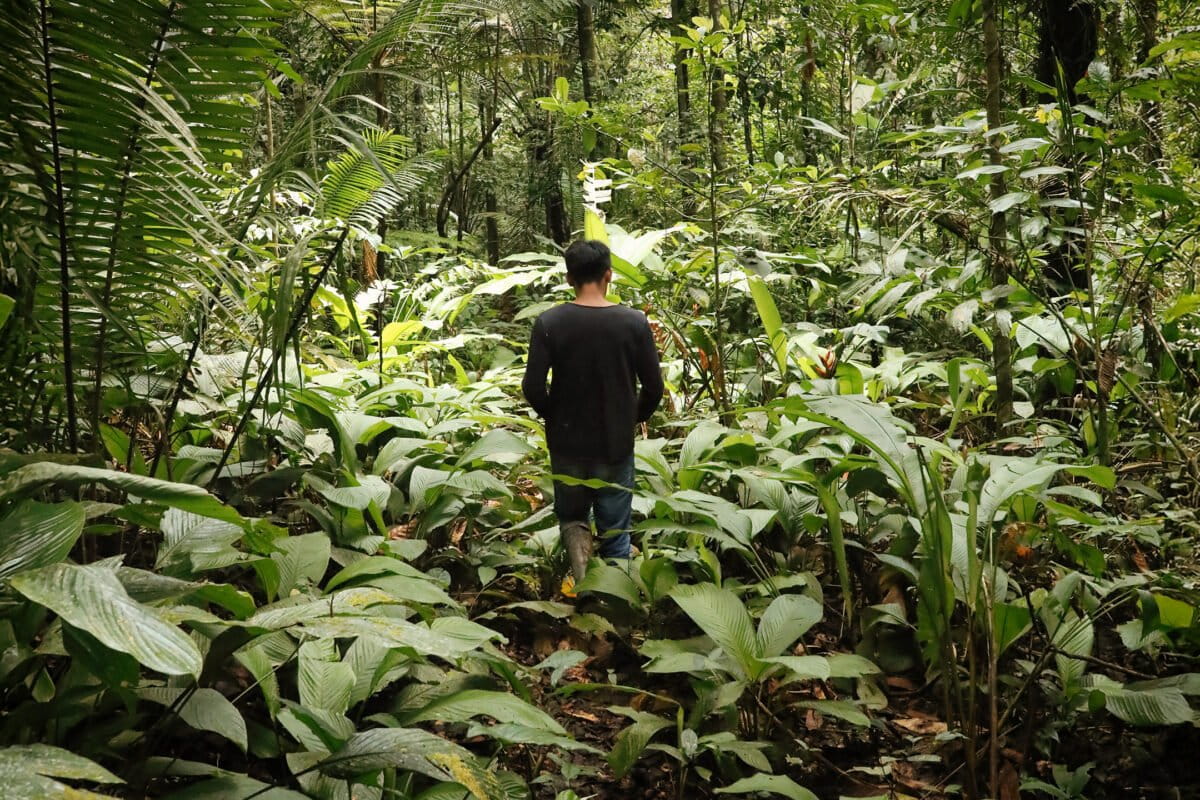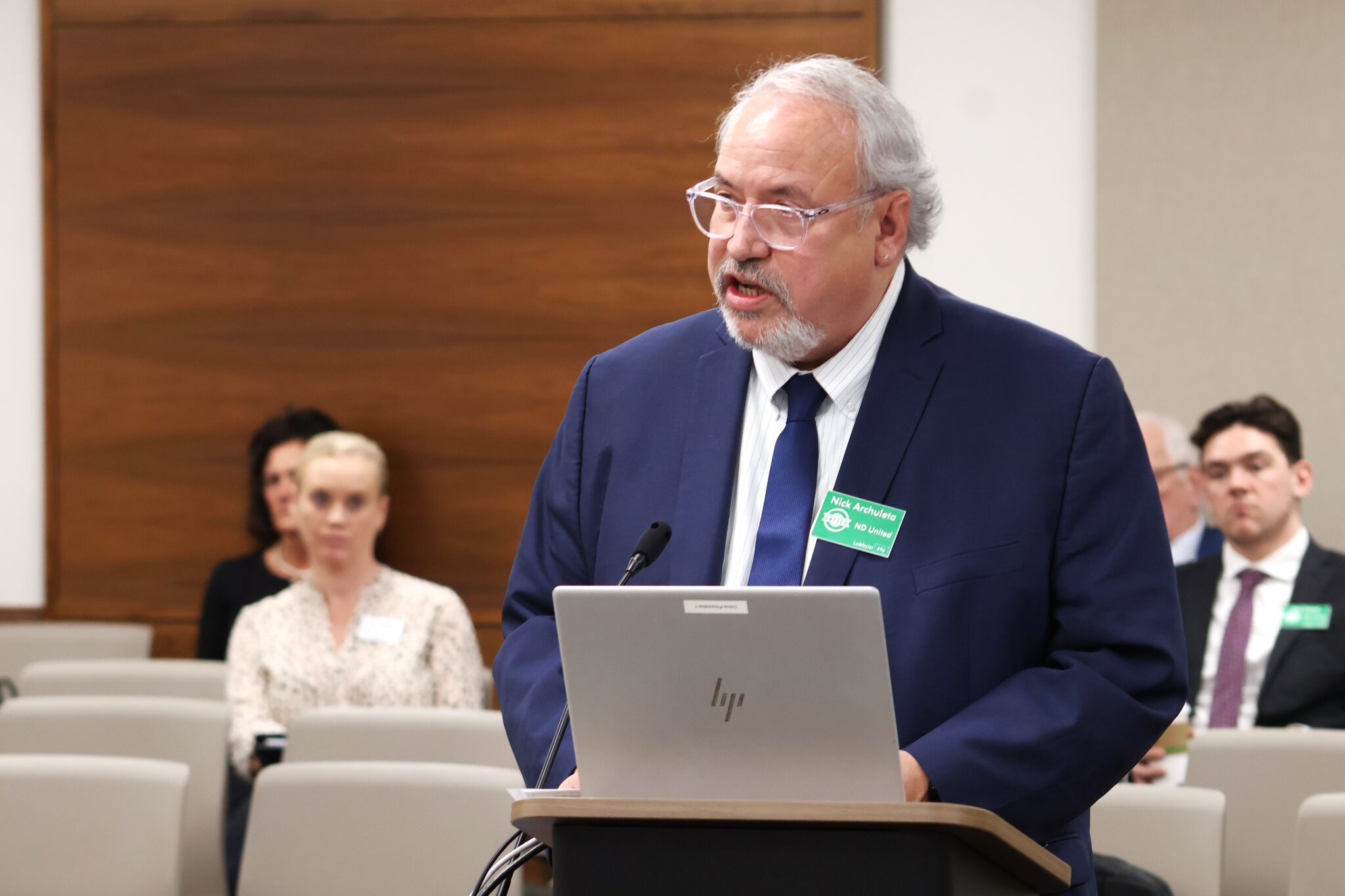Green Guardians: How Indigenous Territories Are Saving the Amazon's Lifeline

Beyond Carbon Guardians: How Amazon Forests Protect Human Health
The Amazon rainforest is far more than a climate shield—it's a critical lifeline for public health. A groundbreaking study published in Communications Earth & Environment reveals a profound connection between Indigenous Territories and human well-being that extends far beyond environmental conservation.
Researchers meticulously tracked 27 different diseases—ranging from respiratory and cardiovascular conditions to zoonotic and vector-borne illnesses—across two decades of comprehensive research. The study's intricate findings unveil a compelling narrative: the preservation and legal protection of Indigenous lands are intimately linked to community health outcomes.
While the research presents a complex web of interactions, one message emerges crystal clear: the Amazon's forests are not just ecological treasures, but living, breathing public health infrastructure. Indigenous territories serve as natural barriers against disease transmission, offering protection that goes well beyond traditional environmental understanding.
This groundbreaking research underscores the critical importance of protecting Indigenous lands and recognizing their role in maintaining not just ecological balance, but human health resilience.








